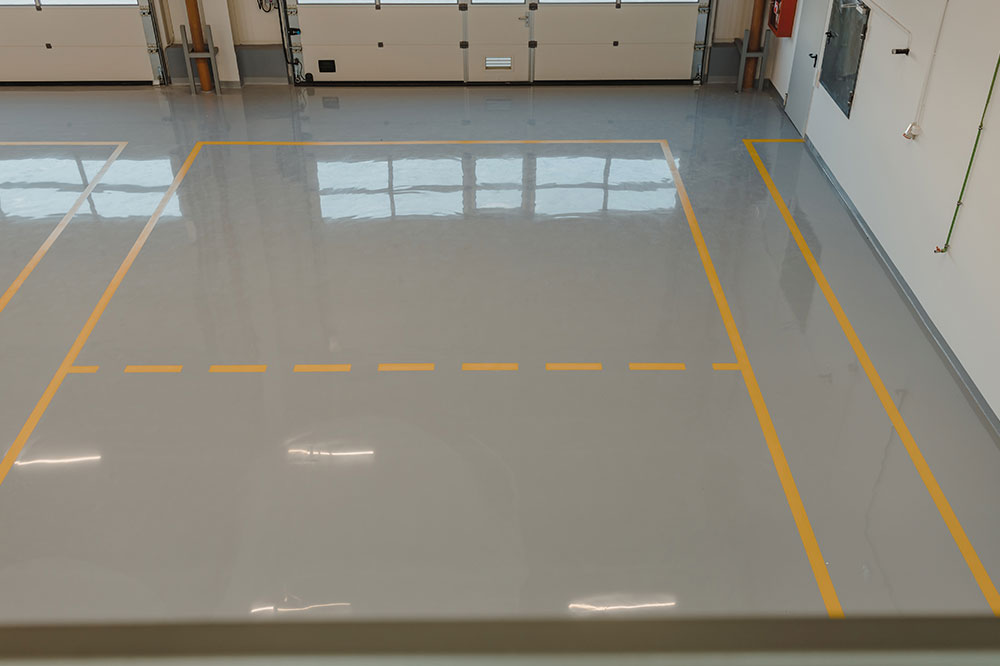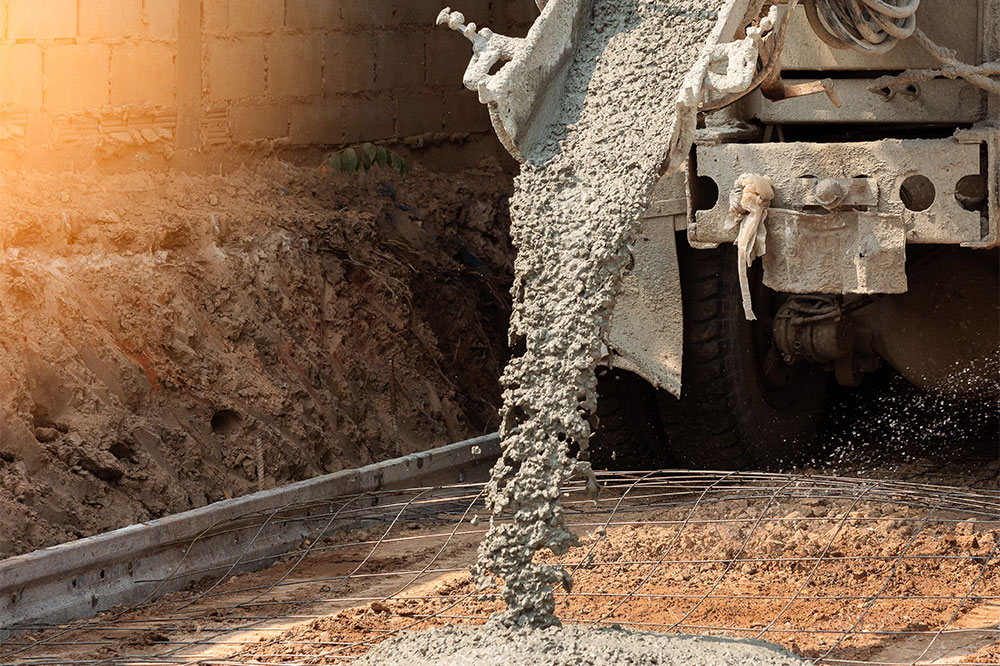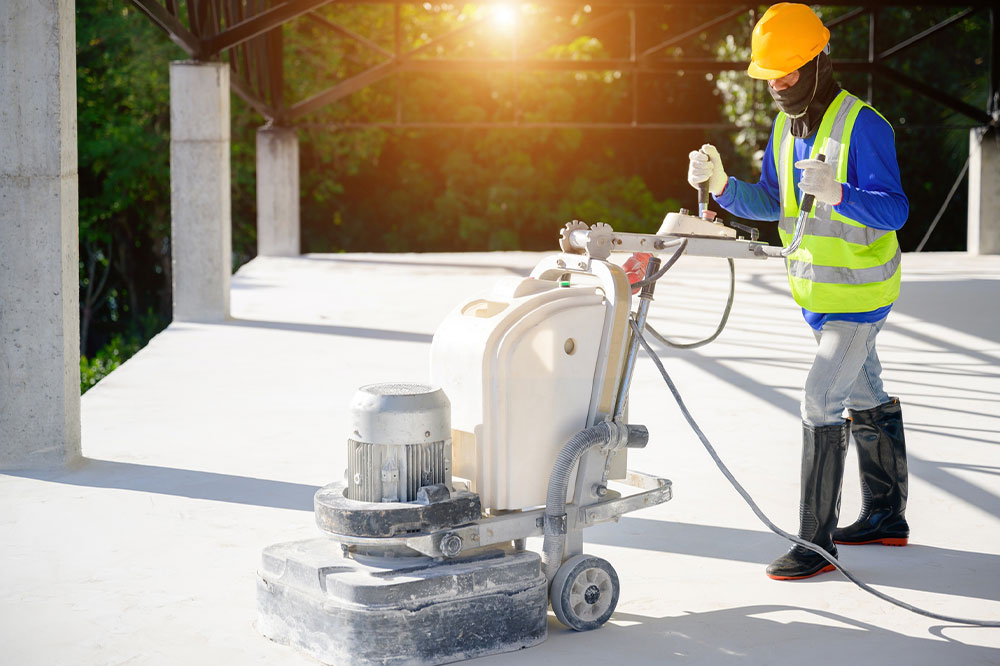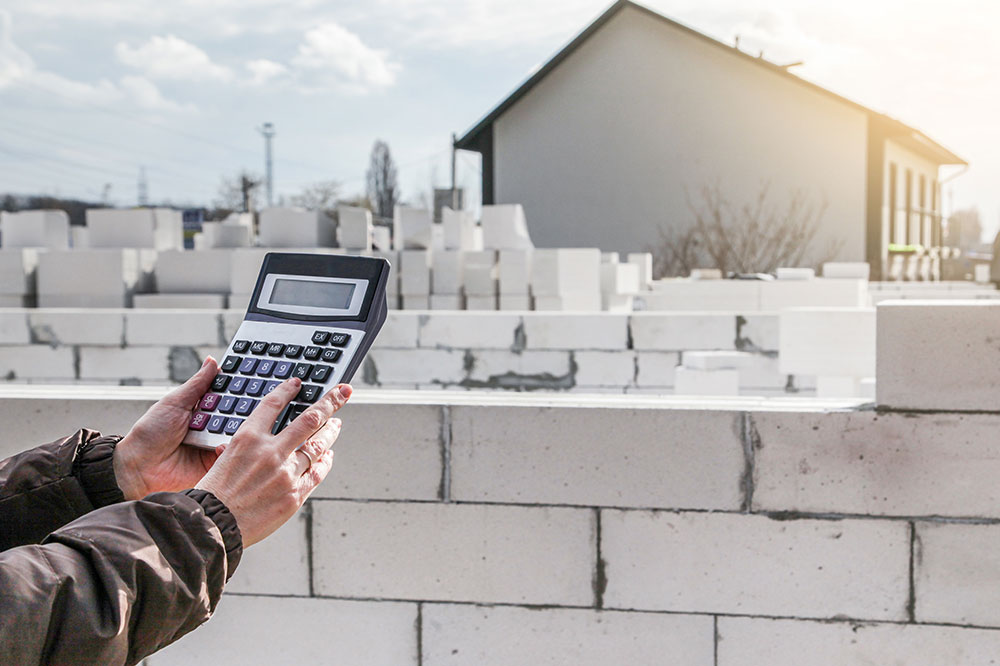Essential Methods and Steps for Concrete Restoration
Explore effective concrete repair methods and step-by-step procedures to ensure the durability and stability of your structures. From epoxy injection to joint reinforcement, learn how to properly address various types of damage with expert techniques suitable for both residential and commercial projects.
Sponsored

Key Techniques and Procedures for Concrete Restoration
Concrete plays a vital role in modern construction, providing durability and versatility for structures ranging from homes to large infrastructure. Due to its widespread use, regular maintenance and timely repairs are essential to preserve its strength over time. Proper repair involves specific techniques tailored to different types of damage, ensuring the longevity of the structure.
Common Methods for Concrete Repair
Epoxy Injection
An effective repair approach where epoxy resin is injected into cracks to bond and restore concrete integrity. This method is ideal for structural cracks, offering high bonding strength and chemical resistance, enhancing overall durability.
Sealing and Filling Small Cracks
Minor cracks can be addressed through groove cutting followed by the application of sealants. Sometimes, reinforcement rods are inserted into the crack before sealing to add stability, especially for cracks caused by thermal movements or shrinkage.
Concrete Joint Reinforcement
Known as concrete stitching, this temporary fix involves inserting metal bars across joint surfaces, pulling the slabs together to prevent movement. While useful for holding pieces, it doesn't fully seal cracks and is often a short-term solution.
Deep Crack Repair with Drilling and Grouting
For internal or supporting beams with deep cracks, drilling allows access for epoxy grouts. This process effectively seals linear cracks, restoring strength in critical areas.
Step-by-Step Repair Process
1. Diagnose the Cause
Proper assessment of what caused the damage—whether weathering, structural stress, or chemical exposure—is crucial to select the right repair method.
2. Assess the Damage
Repairs differ based on the severity, whether it's cracks, spalling, or joint issues. Tailoring the approach ensures effective restoration, such as filling cracks or leveling uneven slabs.
3. Prepare for Repair
Proper preparation includes planning, material selection, and scheduling. Small cracks can be repaired DIY with epoxy, while larger projects may require professional services, with costs varying based on scope and materials.
Additionally, for structural upgrades or new installations, specialized contractors can assist with residential and commercial concrete work. Commercial concrete is designed to endure greater loads and frequent movement, whereas residential concrete prioritizes stability in smaller structures.





